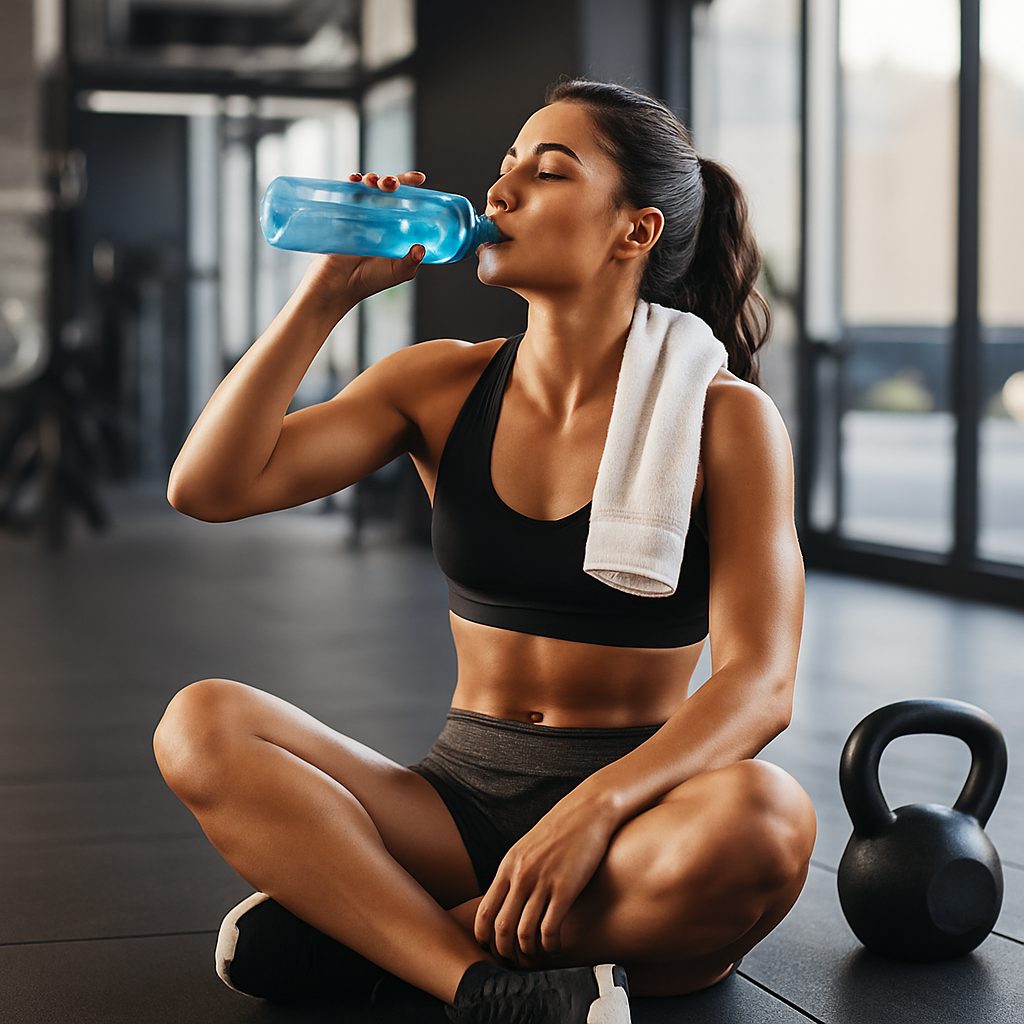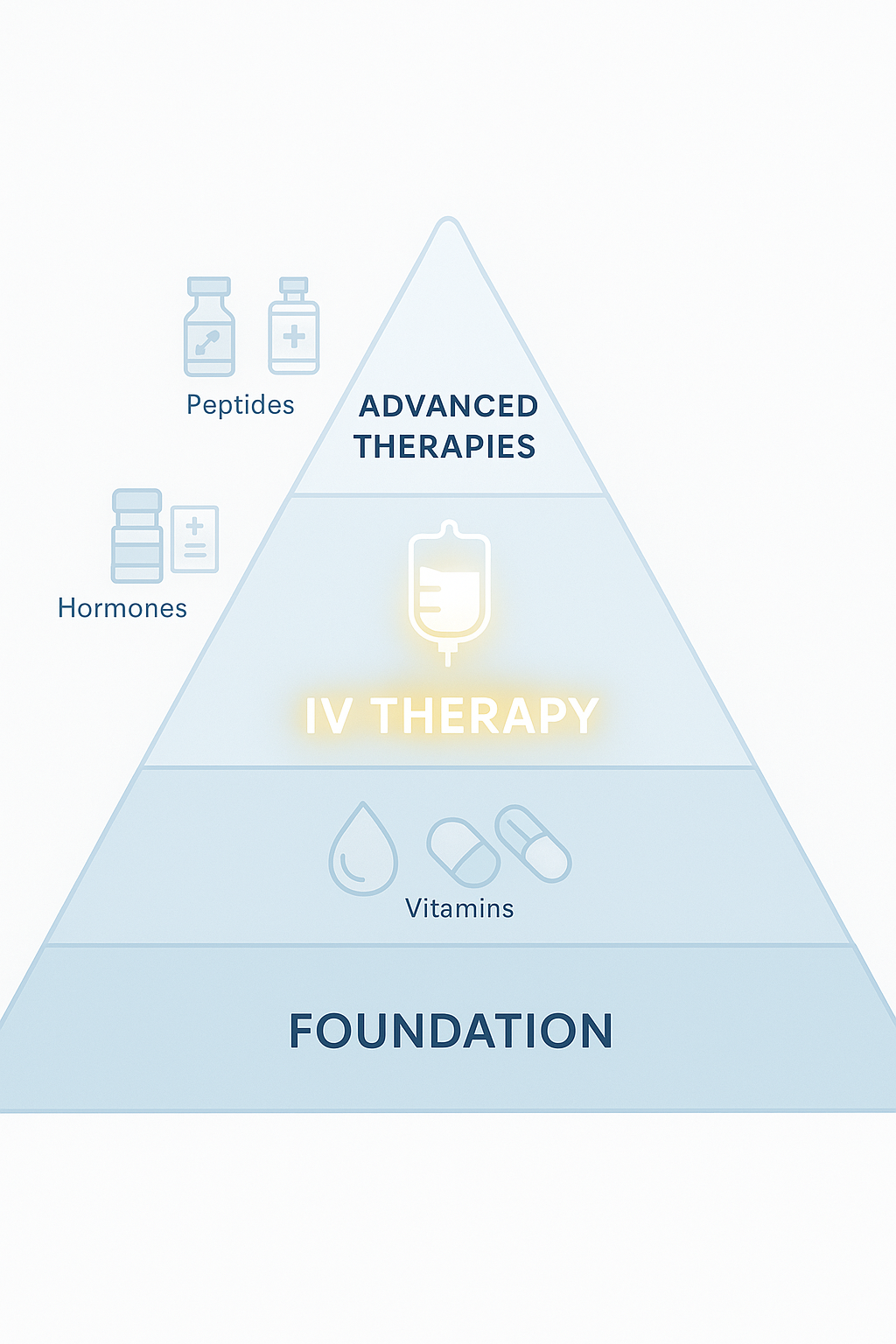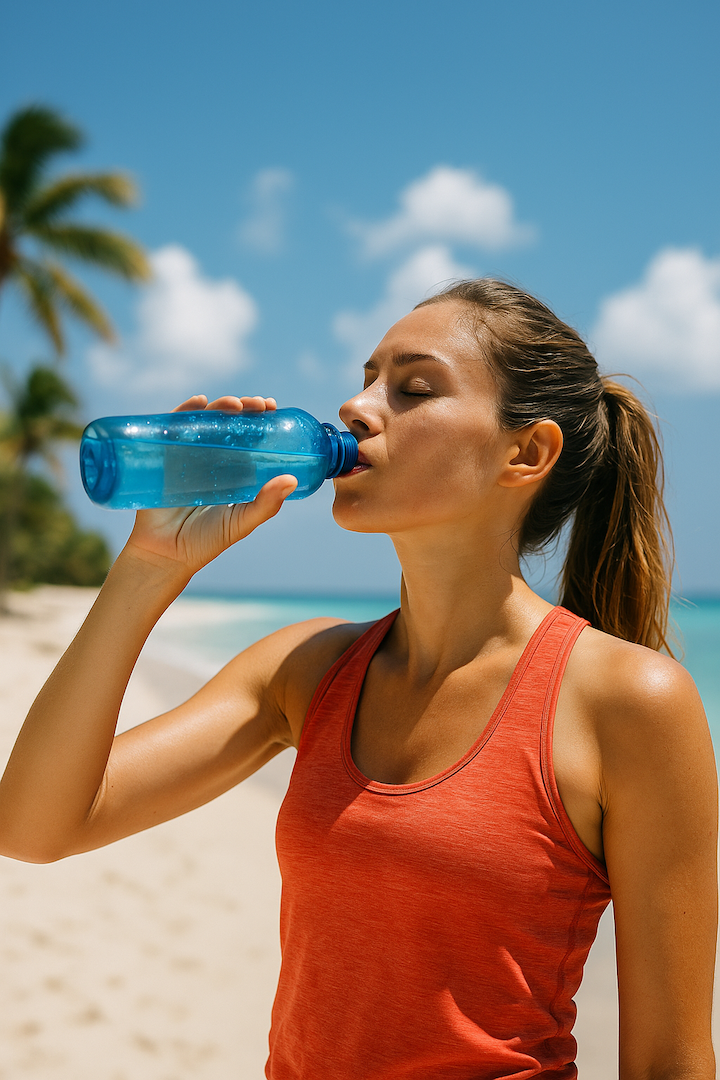In the world of fitness, progress is often measured by output: heavier lifts, faster splits, longer training sessions. But among the most dedicated athletes, there’s a quiet shift happening. The focus is no longer just on how hard you train, but on how well you recover.
Athletic recovery isn’t about slowing down. It’s about creating the conditions your body needs to adapt, repair, and ultimately grow stronger. Without it, even the best programming falls short.
The Science Behind Post-Workout Recovery
Every workout breaks the body down. Muscles develop micro-tears, the nervous system is taxed, and energy reserves are depleted. This is normal, even necessary, for gains to happen. But the rebuilding process depends on what you do next.
Quality sleep, balanced nutrition, and hydration are non-negotiables. Still, for athletes training in heat, dealing with inflammation, or managing demanding schedules, traditional post-workout recovery strategies sometimes fall short.
This is where targeted wellness interventions, like mobile IV therapy, are gaining ground. By delivering hydration, amino acids, and antioxidant support directly to the bloodstream, IV therapy can help the body repair and reduce inflammation more efficiently than traditional methods. It’s not a shortcut, but rather an intentional way to enhance the body’s natural recovery systems.
The Hydration Gap
In places like South Florida, training in heat and humidity accelerates fluid and electrolyte loss. Even mild dehydration can lead to reduced endurance, muscle cramps, delayed recovery, and mental fatigue.
Rehydration is about more than drinking water. After intense effort, your body needs electrolytes like sodium, potassium, and magnesium to restore fluid balance, prevent cramping, and support cellular function. Athletes also burn through B vitamins during high-output exercise, nutrients that play a role in energy metabolism and red blood cell production.
IV hydration bypasses the digestive system and delivers those essential elements directly into the bloodstream. For athletes who push hard, this can make a noticeable difference in how fast the body bounces back.
Muscle Repair and Inflammation
Inflammation is part of the recovery process. But when it lingers, especially in high-volume training blocks, it can slow performance gains. Ingredients like amino acids, vitamin C, and glutathione support tissue repair while helping manage oxidative stress. Performance-focused IV drips that include these compounds are used by athletes to complement their recovery routines.
For example, IV blends formulated for performance may include branched-chain amino acids (BCAAs), L-carnitine, or arginine. These compounds are known to support muscle repair, energy metabolism, and endurance. While nutrition and rest remain foundational, IV therapy can offer another layer of support, especially during peak training phases or competitions.
Which IVs Are Athletes Using?
Athletes in South Florida are turning to IV options that align with their goals:
- A performance-focused blend featuring amino acids, carnitine, and B vitamins can support endurance and reduce soreness.
- A basic hydration drip with electrolytes may be ideal after long outdoor sessions or multiple events in one weekend.
- A more comprehensive IV formula that includes glutathione, B12, and vitamin C may appeal to those managing fatigue, immune load, or back-to-back workouts.
These options aren’t just for elite competitors. IV therapy for recovery is increasingly used by a wider athletic community looking for efficient muscle support and rehydration. Weekend warriors, personal trainers, and serious gym-goers are incorporating IV therapy as part of a broader recovery strategy.
When to Consider IV Support
IV therapy isn’t a replacement for nutrition or sleep, but it can help fill gaps when your recovery demands are higher than average. Whether you’re focused on muscle recovery, hydration, or reducing inflammation, the right protocol can enhance your post-workout outcomes. You might benefit most:
- During peak training cycles
- After endurance events like triathlons or marathons
- When dealing with cumulative fatigue or delayed-onset muscle soreness
- While training in extreme heat or humidity
For those juggling busy workweeks with intense physical goals, faster recovery means staying consistent, and that’s often where long-term gains are made.
Final Thoughts
Recovery doesn’t get the spotlight that training does, but it’s just as important. It’s the space where strength is built, injuries are prevented, and energy is restored. When supported strategically, it becomes your edge.
For athletes in South Florida, especially those training hard year-round, incorporating IV therapy into a recovery plan isn’t about luxury. It’s about giving your body the tools it needs to show up, stronger, sharper, and ready to move.


